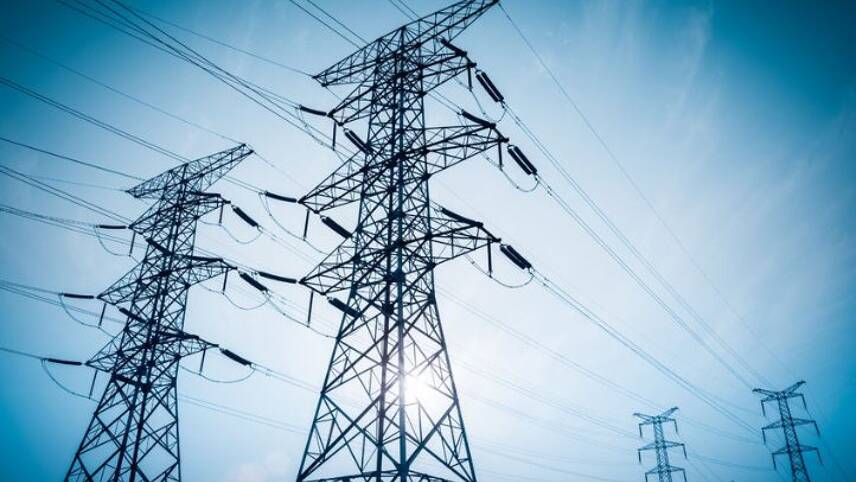Register for free and continue reading
Join our growing army of changemakers and get unlimited access to our premium content

The FIT scheme has been one of the key factors contributing to the huge increase in solar photovoltaic deployment in the past decade
A seminar held by the Energy Networks Association (ENA) on Friday (1 February) to discuss its “Open Networks” project heard calls for the increasingly decentralised energy system to be optimised by incentivising households and businesses to register new small-scale renewable devices.
Those who export electricity onto the grid from their domestic solar panels must currently register with Ofgem in order to receive payments.
But the export payments are due to be wound up at the end of March, meaning this registration mechanism will disappear.
Nigel Turvey, chair of the ENA’s Open Networks project steering group, told the event that information supplied by the regulator helped plug some of the gaps in its members’ data about the new small-scale generation coming onto the system.
He said: “Ofgem helped us by sharing data to fill in some of our databases, but as the subsidy goes those sort of mechanisms go as well, which makes that more difficult.”
RenewableUK’s executive director Emma Pinchbeck added: “If we are serious about the way the market is going to change, there is a real need to get much better intelligence about where these assets are.”
The Department for Business, Energy and Industrial Strategy’s (BEIS) said that “cleverer” ways must be found of securing greater visibility on the system than forcing people to register.
But Clem Cowton, director of external affairs at challenger supplier Octopus Energy, warned that achieving full visibility would be difficult to achieve in the decentralised electricity system of the future.
She said: “We need to get comfortable very quickly with a very decentralised model. In a very misaggregated and decentralised, prosumer world, it’s not going to be possible to be able to see every device on the system.
“The secretary of state is not able to see exactly who is buying what tomatoes from Tesco, who’s growing it and who’s selling it to their neighbours.
But Clem Cowton, director of external affairs at challenger supplier Octopus Energy, warned that achieving full visibility would be difficult to achieve in the decentralised electricity system of the future.
She said: “We need to get comfortable very quickly with a very decentralised model. In a very misaggregated and decentralised, prosumer world, it’s not going to be possible to be able to see every device on the system.
“The secretary of state is not able to see exactly who is buying what tomatoes from Tesco, who’s growing it and who’s selling it to their neighbours.
“Command and control is going to be impossible, so there’s no point trying. We need to move to a much more responsive system.”
Cowton also called for limits on how far companies should be required to open up the data that they harvest.
“If a company has been gifted data through monopolistic behaviour i.e. networks, that should be laid open. If a company has invested resource in understanding their consumers in some form that is not gifted that should be proprietary.
“That proprietary data will then encourage innovation. People, who don’t have a good view of the data and understand their consumers, will lose out in a world that encourages time of use or location of use charging.”
Van Rensburg said that a “big bang” to opening up access to energy data would require legislation but that companies could make progress in the meantime without hindrance from Ofgem.
“We can go a lot further without any blockages from regulator in terms of making things happen. There are no blockages to making more data sets available as long as you take into
account relevant privacy and protection laws.”
Networks had “rarely found” that regulation is a barrier to opening up data, said Turvey: “Where we do come across barriers, we’ve always found Ofgem pretty constructive about finding work arounds. I’m not sure there are significant barriers to making progress in this area.”
He added said that the next phase of the Open Networks project will expand out from electricity to the whole of the energy system including gas, heat and transport.
David Blackman
This article first appeared on edie’s sister title website, Utility Week


The electrical generating system seems to be going back 100 years. The Electricity Supply Act of 1926 dictated the generation of electricity to be from large centralised power stations, all connected to a country-wide Grid of high voltage of 132KV, (later 250 and 400KV). We all had the same current, no additional corrective devices were needed. And the whole change paid for itself in efficiency, and prices fell.
Now every turbine and solar panel needs own system before it contributes to our power system. And it all costs more, but the costs, including subsidies, which we all pay, are hidden, just included in our bills. These monies, moreover go to predominantly overseas companies.
But it is all dominated not by Electrical Engineers but by finance, because the object is not to generated useful power, but money.
Richard Phillips